Can you imagine a world where a bad network and poor internet connectivity won’t come in the way of enjoying a video on your phone? This could soon be a reality with the direct-to-mobile (D2M) technology that the Government is trying to bring to India by next year. The D2M technology would pave the way for streaming television and video content directly to mobile phones, without an internet connection.
Top officials from across ministries confirmed earlier this month that pilot projects are set to soon begin in 19 cities starting with Tejas Networks-owned wireless communication and semiconductor solutions company Saankhya Labs. While a formal timeline has not been set and the government will not mandate handset makers to adopt D2M, the technology has received support from all ministries.
What is D2M?
The technology is capable of transmitting multimedia content to consumers’ smartphones without requiring an active internet connection. In a letter, the Ministry of Communications listed the versatile features of D2M technology, such as mobile-centric and seamless content delivery, hybrid broadcast, real-time and on-demand content, and interactive services.
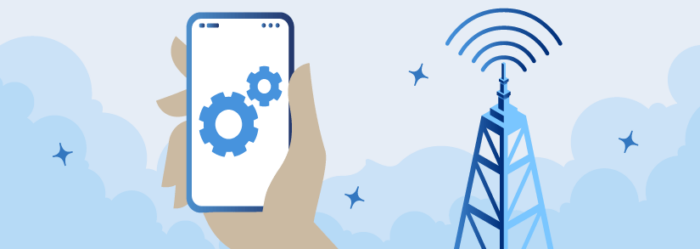
Traditionally, it has been employed for issuing emergency alerts and assisting in disaster management. The government said that by using D2M, information can be directly delivered to the mobile phones of users without straining network bandwidth. A shift to D2M would also unclog the 5G networks.
Once implemented, users will be able to stream video content whether it is live channels, sports, etc, without having a SIM card on their phones. They will also be able to get emergency alerts, public safety messages, and social services, among other things, without needing to rely on the telecom networks. The technology will also be useful in providing educational content to rural areas, bridging the digital divide in the country.
Also Read: Indyverse and KYRA: A Fashion Revolution That Brings Fashion And Technology Together
How Does It Work?
The D2M technology functions in a manner similar to FM radio, where a receiver gets the transmitted signal. It is also similar to direct-to-home (DTH) broadcasting in which a dish antenna receives broadcast signals directly from satellites and transmits them to a receiver, also known as a set-top box.
The current mobile devices do not support D2M technology. To make these devices compatible, a separate baseband processing unit is needed, along with an antenna, low-noise amplifiers, baseband filters and a receiver.
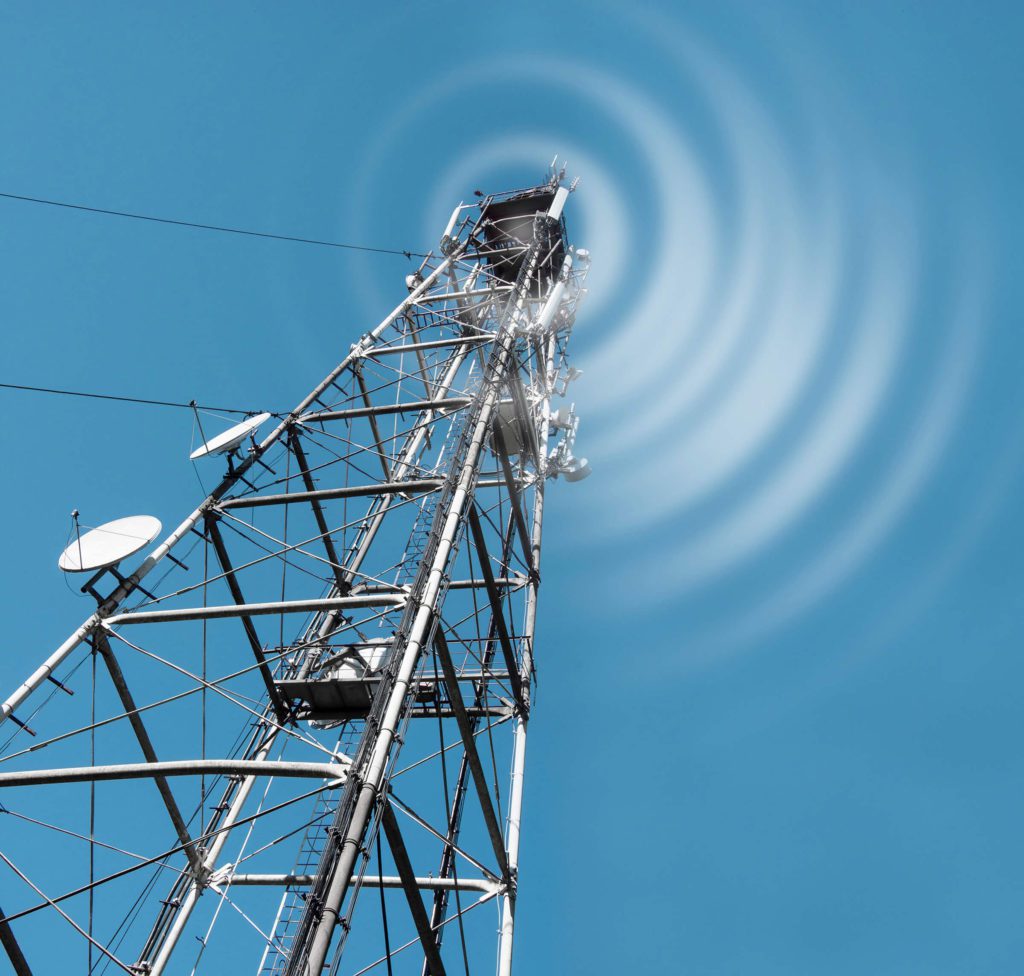
From The Higher Ups
Secretaries from the Department of Science and Technology, Telecom, Information and Broadcasting, and Electronics and Information Technology Ministries spoke at an industry conclave on D2M. They said that the technology was key to expanding digital access to millions of Indians. Our country could be a pioneer in the field.
“The technology is already mature and available. Some lab trials and field trials have been done. Now we have to do a citywide pilot trial so that its potential can be demonstrated. The government, as a regulator, then has to enable its rollout and commercial deployment. I’m hoping in the next year or so, we can actually launch this technology with an indigenously developed system,” said Science and Technology Secretary Abhay Karandikar.
The government wants to leverage D2M to provide digital streaming to a large chunk of the population that is still using 3G services. In areas such as education, D2M is expected to provide rural populations with quality video content without burdening an already stretched spectrum.
“When we talk of the data consumption on the telecom networks, the video content is taking most of the data. If this can be offloaded to D2M or let’s say, 25-30% of it goes directly to the mobiles through the broadcasting network…it will reduce tremendous load on our 5G and 4G networks and address the issue of (network) clogging,” said Apurva Chandra, secretary, Information and Broadcasting (I&B) Ministry.
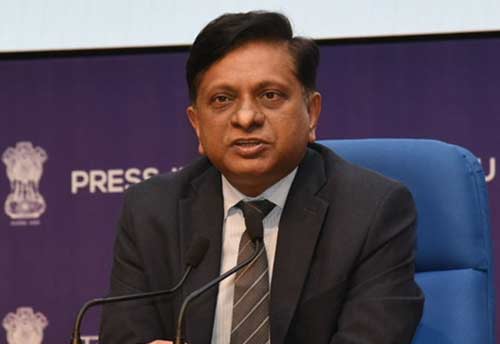
S Krishnan, secretary, Ministry of Electronics and Information Technology, mentioned whether the technology would be made mandatory or not was a distant matter. “It is a domestic development. How the technology is utilised and what the utilisation is going to be is the next step.”
He emphasised that the adoption of D2M largely depended on the choice of consumers. “If there’s an increase in costs, it depends on who wants to consume what.” However, he hinted at the possibility of mandating that manufacturers embed D2M technology in smartphones.
The Project Cost
Incorporating a separate baseband processing unit is expected to significantly increase smartphone costs and potentially impact the current architecture for LTE and 5G networks. The D2M network will operate in the 526MHz-582MHz band, requiring larger antennas that may pose integration challenges within the current smartphone design. Device manufacturers have expressed concerns that implementation of this technology would increase the price of smartphones as it would require additional chips or dongles to be inserted in smartphones.
The Manufacturers
However, Saankhya Labs, which has designed the D2M-compatible phones, expects the device prices not to be hit much. “With large volumes, about 5-10 million, the chips will cost less than Rs 150, and the external dongles (USB DTV Receiver Dongle) would cost about Rs 500-700,” said Parag Naik, CEO of Saankhya Labs.
Naik said the company is in talks with mobile phone companies to configure this technology in the phones, by using Saankhya’s chipsets. Initially, the company will launch dongles in the market that can be attached with the phones to receive the video content on phones.
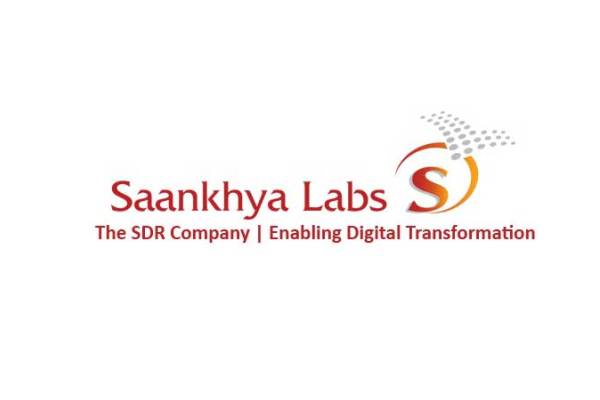
The Potential
The Ministry of Information and Broadcasting has especially pushed for this tech. “D2M, provides a tremendous opportunity for the broadcast sector to reach every corner of the population,” said Information and Broadcasting Secretary Apurva Chandra. “With 69 per cent of this data being video content, broadcasting a part of it through D2M will reduce the tremendous load on our 4G and 5G networks,” he said.
The government expects the D2M technology to find a market in India as currently there are 800 million smartphone users in the country. Further, the D2M technology would also help the government reach nearly 80-90 million ‘TV Dark’ homes across the country. Of the 280 million households in the country, only 190 million have television sets.
According to the Telecommunication Engineering Centre (TEC), as of today, no mobile devices are available for any of these broadcasting technologies or standards anywhere. In fact, countries like the USA, Brazil, Mexico and Canada among others are running trials for D2M technology.
The Opposition
Mobile phone manufacturers and telecom operators remain opposed to D2M. The Cellular Operators Association of India (COAI) said that spectrum allocation, network integration, and regulatory and cost arbitrage for D2M needs to be re-evaluated. “Building a dedicated D2M network by earmarking spectrum specifically for the broadcasting infrastructure providing competing/complimentary services would lead to breach of level playing field,” it said.
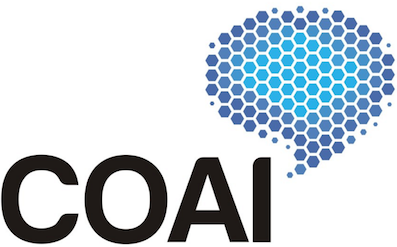
A key point of contention is the spectrum. The proposed D2M network operates in the sub-GHz band (526 MHz-582 MHz) which is currently used by public broadcaster Prasar Bharati, along with many analogue, and digital terrestrial TV transmitters. It was decided in 2021 that the entire band of spectrum be shared between broadcasting services and D2M.
But now they feel that this entire spectrum needs to be reserved for D2M. However, COAI has called for a transparent auction of spectrum in the band, and a “technology-neutral approach with a focus on seamless integration into the existing mobile networks”. The COAI suggest the spectrum should not be reserved but auctioned.
The DoT body also flagged challenges recently with regard to the availability of a handset ecosystem, scalability of D2M technology, business viability and opportunities, and spectrum requirements. We can only wait and watch to see if the D2M tech makes it to our phones. What do you feel about this new technology?


